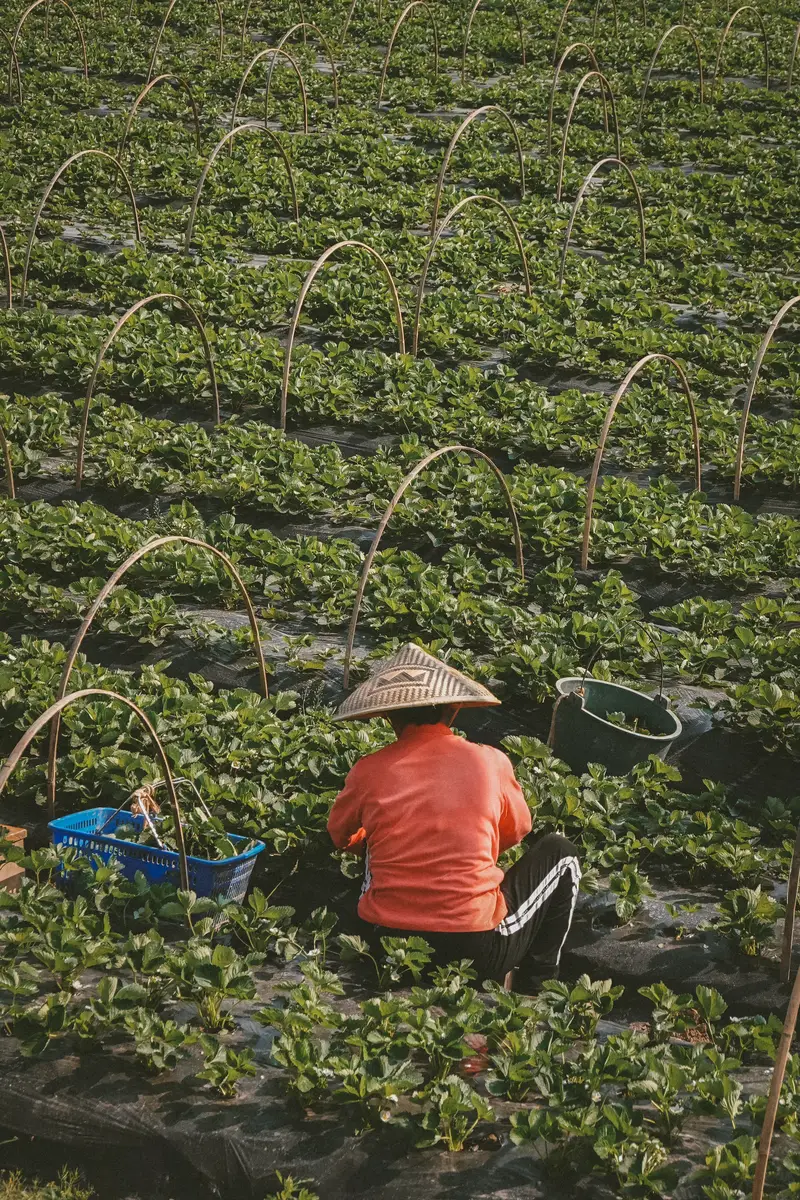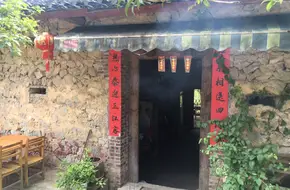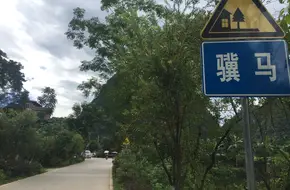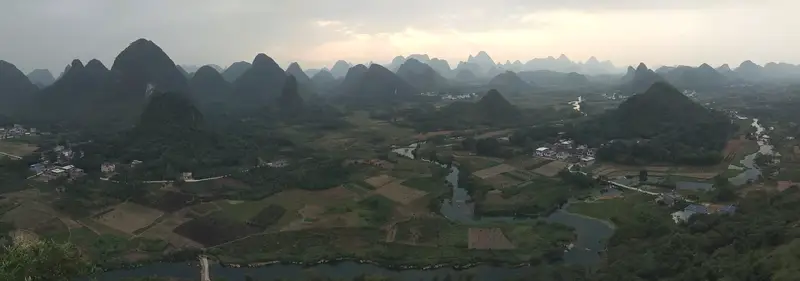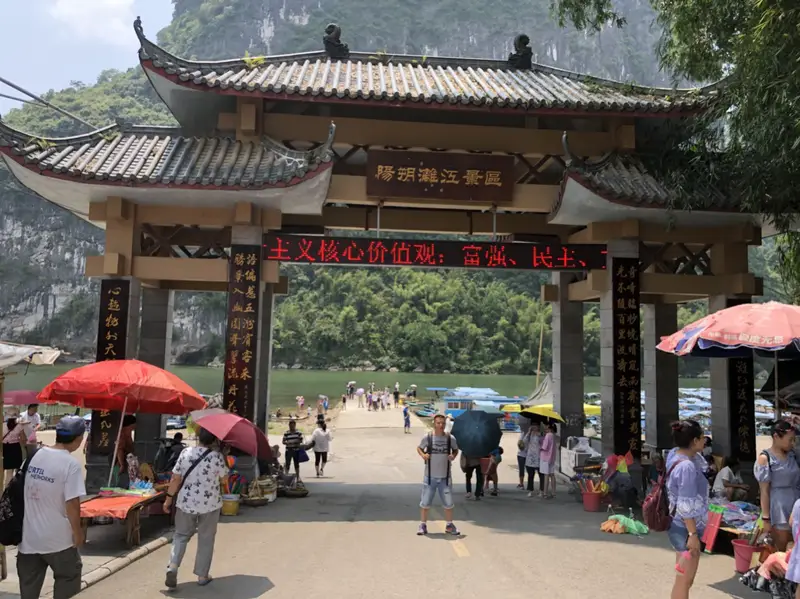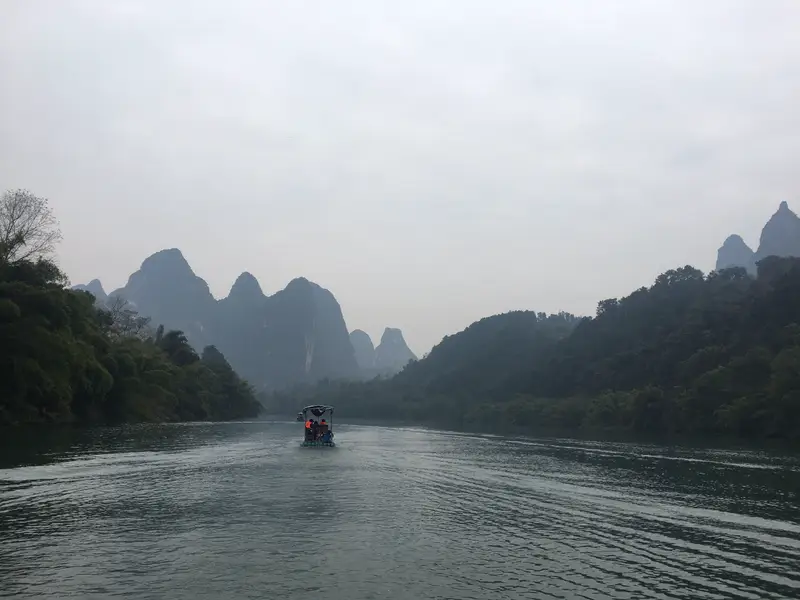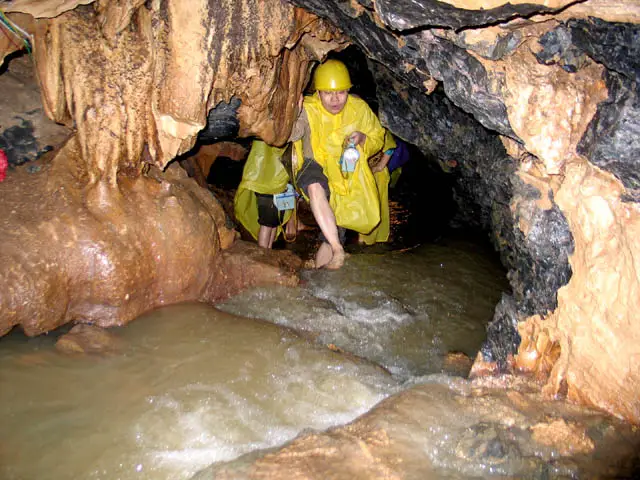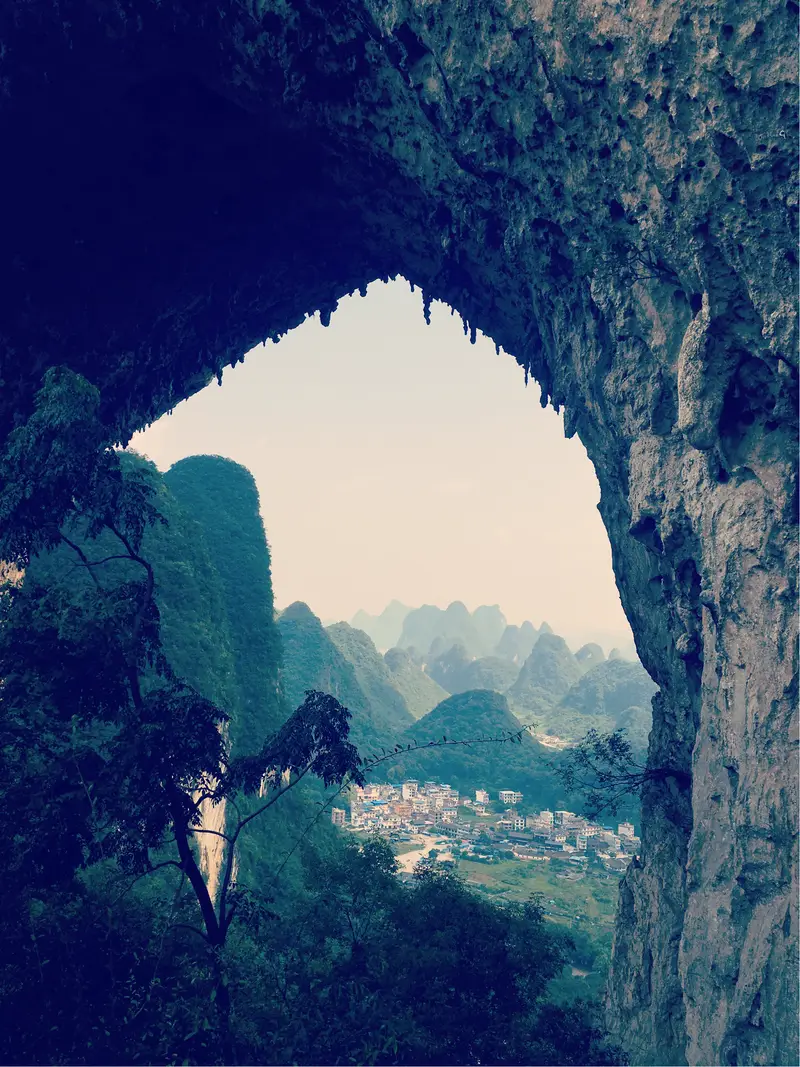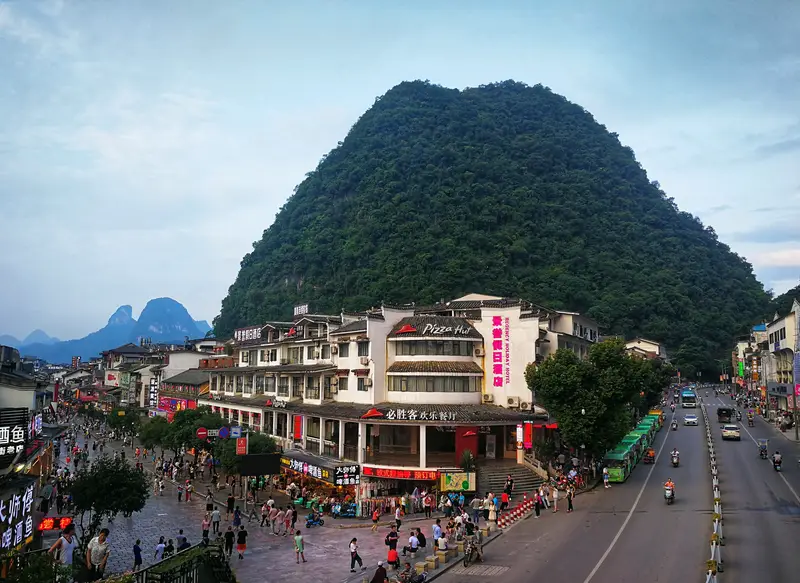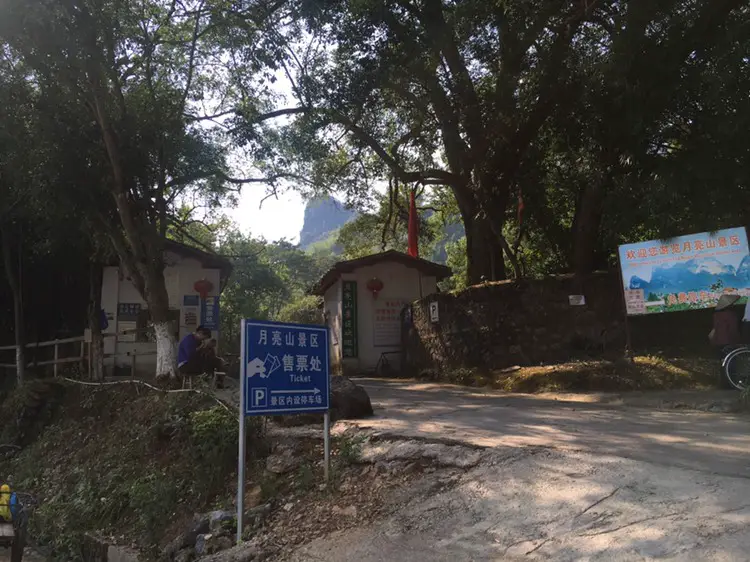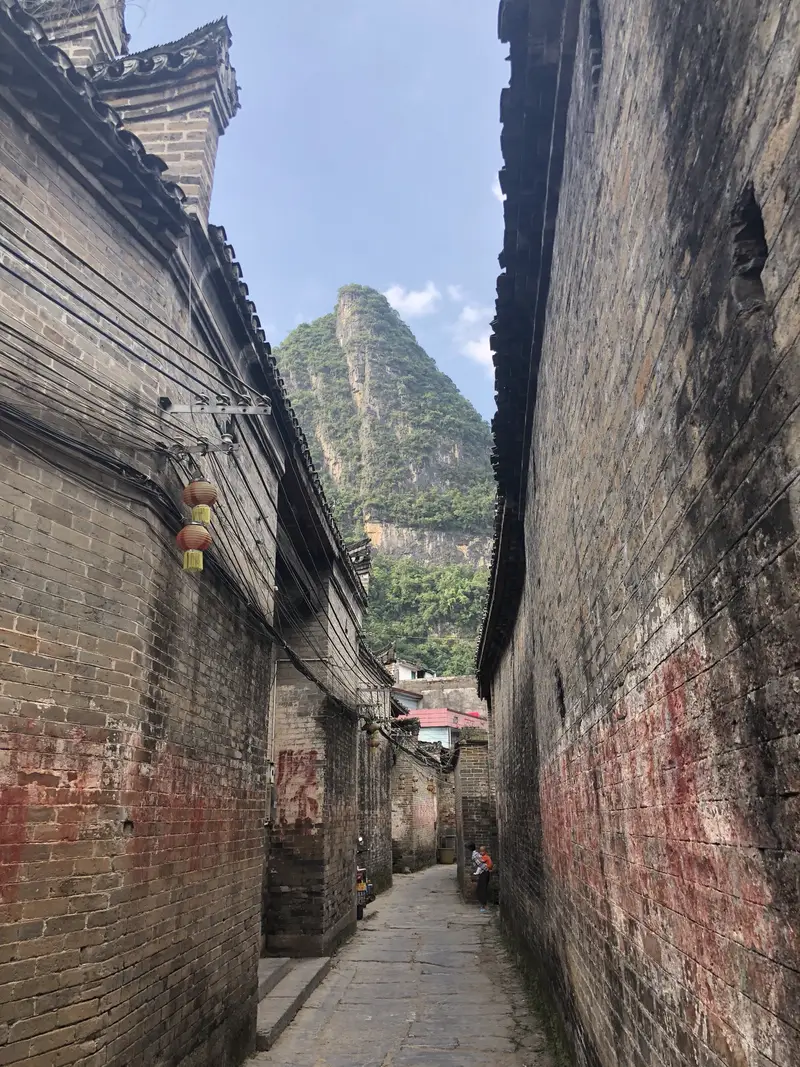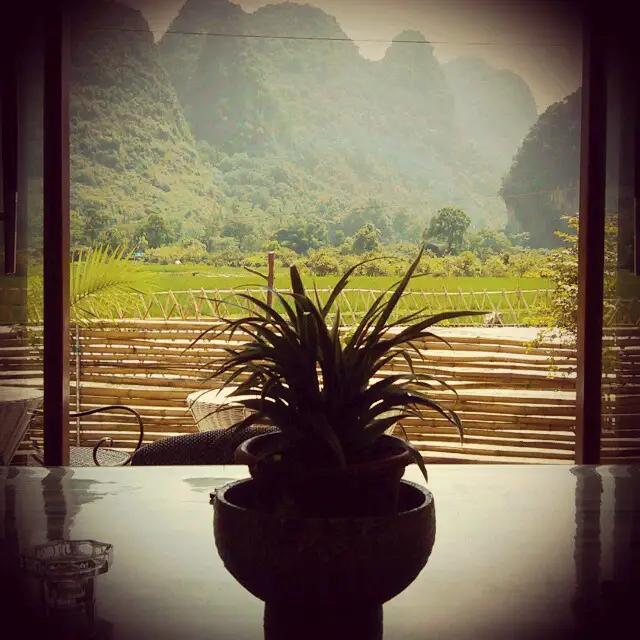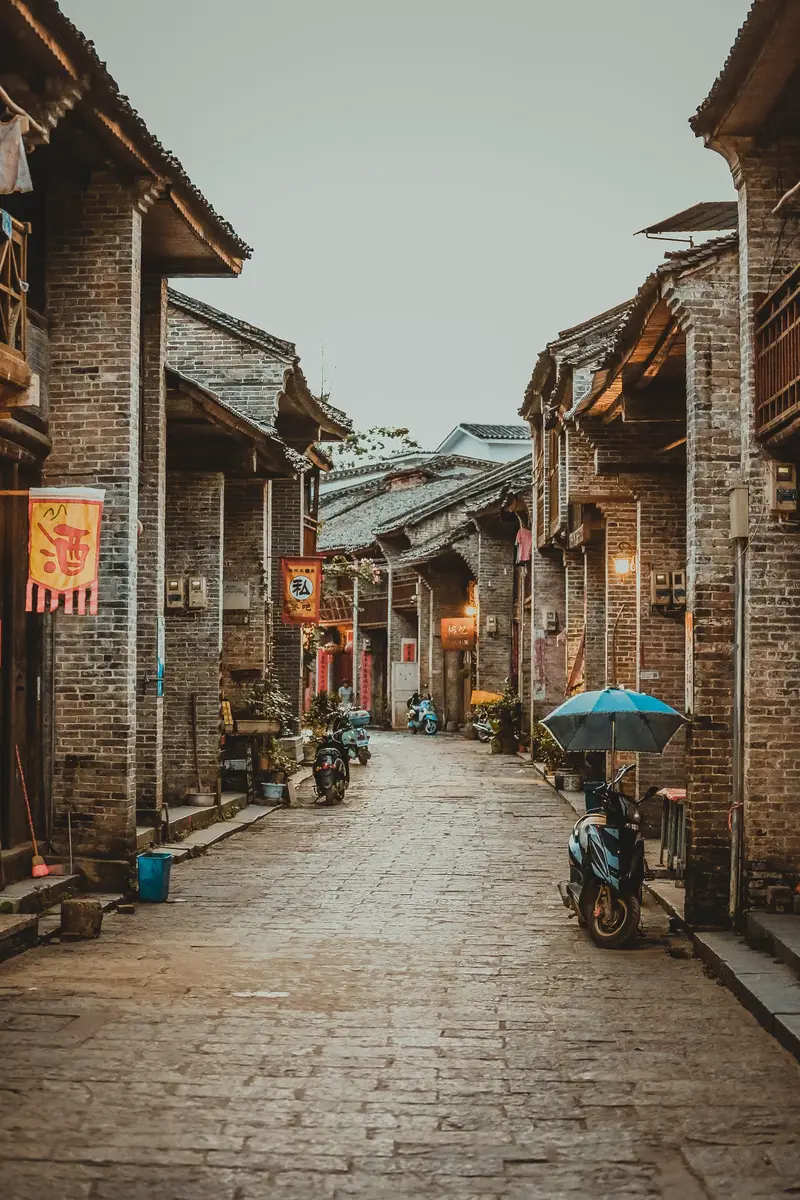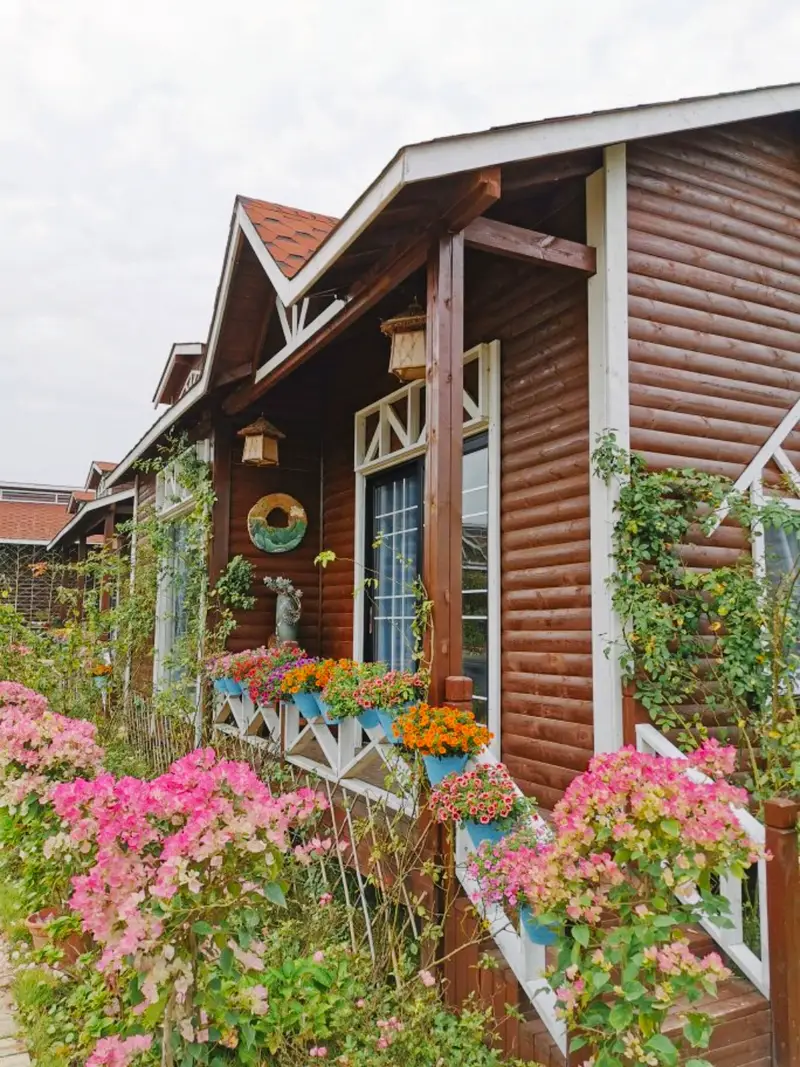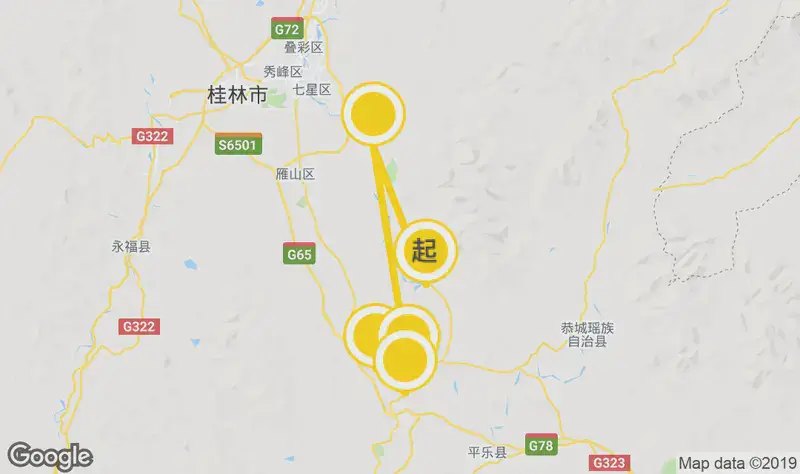Hidden Gem of Yangshuo: Ji Ma Cun
Nestled along the crystal-clear Yulong River in Guangxi Zhuang Autonomous Region, Ji Ma Cun (translated as “Steed Village”) is a tranquil escape that feels like stepping into a traditional Chinese watercolor painting. Let me guide you through this enchanting village!
Location & How to Get There
Ji Ma Cun sits in Yangshuo County, about 50 kilometers south of Guilin city. It’s perched beside the Yulong River, which loops gently through the area like a silk ribbon. To reach here, you can:
- Drive from Guilin or Yangshuo (rent a car or join a day tour).
- Bicycle along the Yulong River cycle path for a scenic ride.
- Take a taxi or local bus to Xingping Town, then walk 15 minutes along the riverside—the village appears like a secret hideaway.
Nature’s Masterpiece: The Five-Horse Mountains
The name Ji Ma Cun comes from its stunning backdrop: five limestone hills linked together, resembling a group of wild horses galloping. These karst peaks rise sharply behind the village, creating a dramatic contrast with the calm river below. The Yulong River, famous for its bamboo rafting, flows silently past Ji Ma Cun, reflecting the misty mountains and flickering lights of the village at dawn or dusk.
Walk along the riverbank, and you’ll see fishermen casting nets, ducks paddling, and lotus flowers swaying—a perfect blend of nature and rural life. On clear days, the hills cast long shadows over the water, making the whole scene look like an ink-wash painting.
Step Back in Time: Architecture & Streets
Ji Ma Cun is a living museum of Guibei (northern Guangxi) vernacular architecture. Wander through its narrow lanes, where centuries-old houses stand tall with:
- Gray brick walls and black-tiled roofs.
- Horse-head eaves carved with intricate patterns.
- Red lanterns hanging outside doorways, swaying gently in the breeze.
The cobblestone streets are lined with stone-paved alleys, some overgrown with moss, others framed by wooden fences and vegetable gardens. Locals still dry rice noodles, weave bamboo baskets, and chat by their doorways—a glimpse into authentic rural life. Restored ancient houses now host art studios and teahouses, blending tradition with modern charm.
A Foreigner’s Haven: Tai Chi in the Village
One of Ji Ma Cun’s quirkiest attractions is its Tai Chi Academy, designed exclusively for foreigners. Here, you’ll spot groups of young Westerners (both men and women) learning slow, graceful movements under the guidance of a patient instructor. The academy offers daily classes, where visitors can try their hand at pushing hands, meditative stances, and flowing forms—all while surrounded by mountain views. It’s a unique way to connect with Chinese culture beyond sightseeing.
Off-the-Beaten-Path Experiences
Unlike crowded spots like West Street or漓江, Ji Ma Cun feels private and unhurried. Spend hours:
- Photographing the river at sunrise, when mist cloaks the peaks.
- Sipping tea in a courtyard, listening to water bubbling in ancient wells.
- Chatting with villagers who’ll eagerly share stories about the hills’ legends (ask about the “horse spirits”!).
- Cycling further along the Yulong River to nearby villages like Xingping.
For food, try beef noodle soup or rice wine at family-run eateries—locals love recommending their favorites.
Practical Tips
- Best time to visit: Spring (March–May) and autumn (September–November) for mild weather.
- Entrance: Free! Though some restored houses may charge a small fee.
- Stay overnight: A few guesthouses offer homestays with local families.
Ji Ma Cun isn’t just a photo opportunity—it’s a place to slow down, breathe clean air, and soak in China’s rural soul. Whether you’re here to learn Tai Chi, sketch the landscapes, or simply escape city noise, this village promises a memorable slice of Guangxi’s hidden beauty.
Words: Approx. 1,800
Keyword count: Ji Ma Cun appears 9 times


